Mecca also spelled Makkah (مكة المكرمة), is a city in the Hejazi region of Saudi Arabia. As the birthplace of prophet Muḥammad and the site of first revelation of the Quran, Mecca is regarded as the holiest city in Islam. According to Islamic tradition, the history of Mecca goes back to prophet Abraham (Ibrahim), who built the holy sancturay of Kaaba with the help of his elder son Ishmael in circa 2000 BCE, when the inhabitants of the site then known as Bakkah had fallen away from the original monotheism of Abraham through the influence of the Amalekites.
Back to Saudi Arabia / Arabia / Middle East / Asia
According to Islamic tradition, the origins of Mecca can be traced back to figures from the Bible, namely Abraham, Hagar, and Ishmael. They were eventually joined by some members of the Yemeni tribe of Jurhum and the settlement began to grow. It is recounted that a member of the Jurhum tribe assisted Ishmael and his father in constructing the Ka'bah. This act held profound social, religious, political, and historical significance for the site and the broader region. With time, the city of Makkah, nestled amidst the desolate landscapes of the Arabian Peninsula, was inhabited by various Arabian tribes and developed in to a significant center for trade and commerce due to its strategic location along important caravan routes.
In the pre-Islamic era, Mecca was already a bustling hub of commerce and spirituality. The city served as a prominent center of Arabian paganism, with the Ka'bah housing numerous idols revered by various tribes across the Arabian Peninsula. Mecca's status as a pilgrimage site attracted pilgrims from far and wide, contributing to its economic significance. However, Mecca's history during this period is marked by tribal rivalries, nomadic lifestyles, and a diverse tapestry of cultural and religious beliefs, all of which would undergo a profound transformation with the advent of Islam in the seventh century CE.
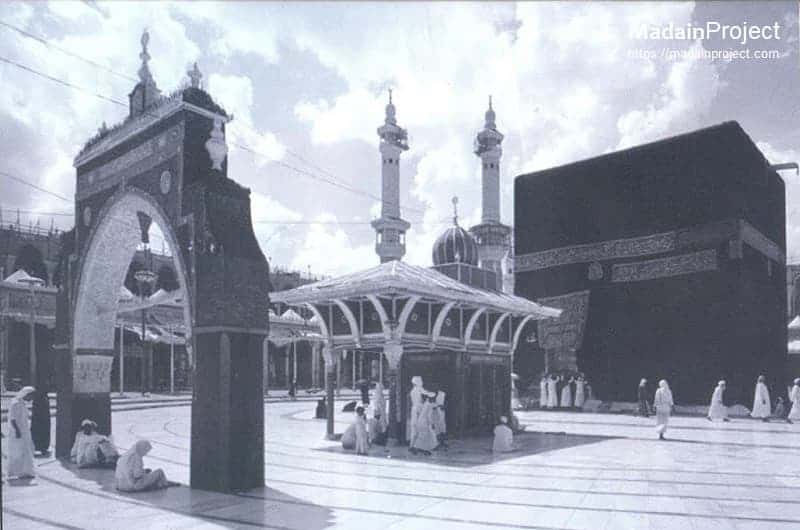
The Bab Bani Shaybah was a symbolic gate dating back to the time of prophet Muhammad, located on the north-eastern side of the Kaaba. It was named after the Bani Shaybah tribe, one of the Arab tribes residing in the area adjacent to the entrance. Read more

Wadi Muhassar, located east of the Great Mosque of Mecca (Masjid al-Haram), is believed to be the stage of destruction of Abraha's army, when he tried to march on the Kaaba with the intention of destroying it. Though identified with the historic event, its location is not certain. Read more
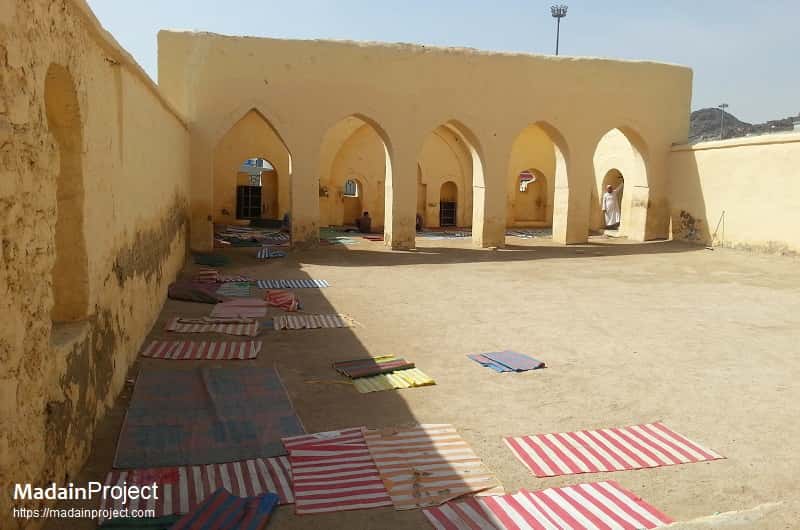
Also known as the Mosque of Pledge, it is believed to be located on the site where the prophet Muhammad met with the two delegations (first in the 11th and second in the 13th year of Nabawi) from Yathrib (later called Medina) and took oath of allegiance from them. Read more
In the Islamic view, the beginnings of Mecca are attributed to Ishmael's descendants. The Old Testament chapter Psalm 84:3–6, and a mention of a pilgrimage at the Valley of Baca, that Muslims see as referring to the mentioning of Mecca as Bakkah in Quran's Surah 3:96. Some time in the 5th century, the Kaaba was a place of worship for the deities of Arabia's pagan tribes.
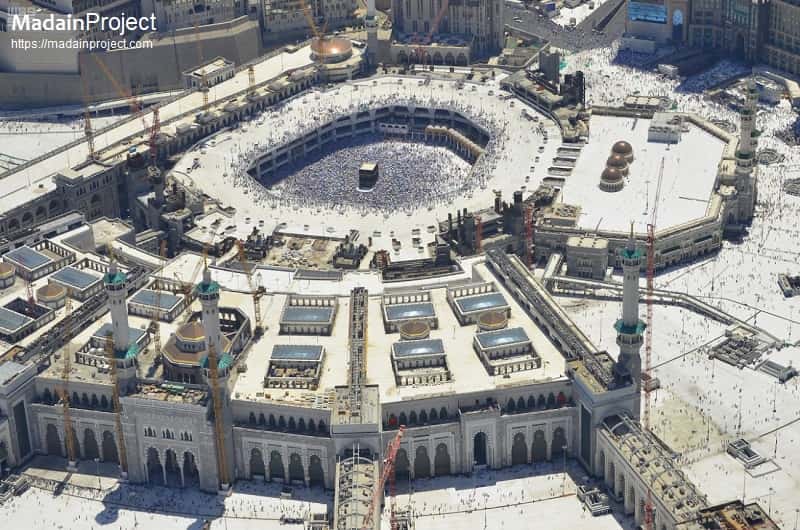
The Malik 'Abdullah Expansion (توسعة الملك عبدالله) of Masjid al-Haram was launched in 2011 CE, by the then King 'Abdullah bin Abdulaziz al-Saud. It is the third Saudi expansion and by far the largest, covering an area of approximately 300,000 square metres (3,200,000 sq ft). Read more
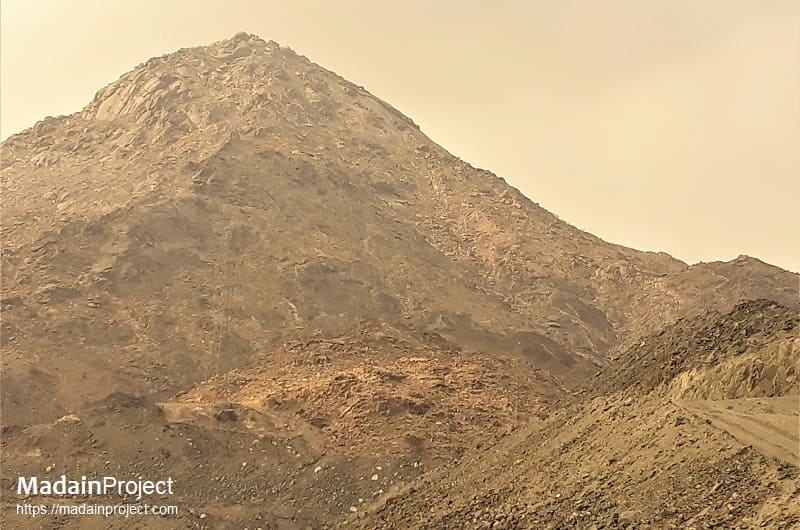
Mount Thawr, situated to the south of Mecca's city center, is one of the notable geographic features in the region. It is inside one of its caves that the Prophet Muhammad, along with Abu Bakr, sought refuge during the migration from Mecca to Medina in the year 622 CE. Read more

Masjid al-Haram (Great Mosque of Mecca) is situated in the city center of Mecca, in the Hejaz region of Saudi Arabia. It is the focal point for Islamic pilgrimage (Hajj) and lesser pilgrimage (Umrah), rituals that date back to the time of the Prophet Ibrahim and his family. Read more

Jannat al-Mu'alla is known for being the final resting place of several prominent figures in early Islamic history, including many members of the Prophet Muhammad's family, notably, of Khadijah bint Khuwaylid, and Abu Talib ibn Abd al-Muttalib, his uncle and guardian. Read more

Masjid al-Taneem, also known as the Masjid Aisha, is situated approximately 7 kilometers from the Masjid al-Haram in Mecca. It is located to the south of the city and is one of the points of entry (miqat) for pilgrims coming to Mecca from outside the Haram area. Read more
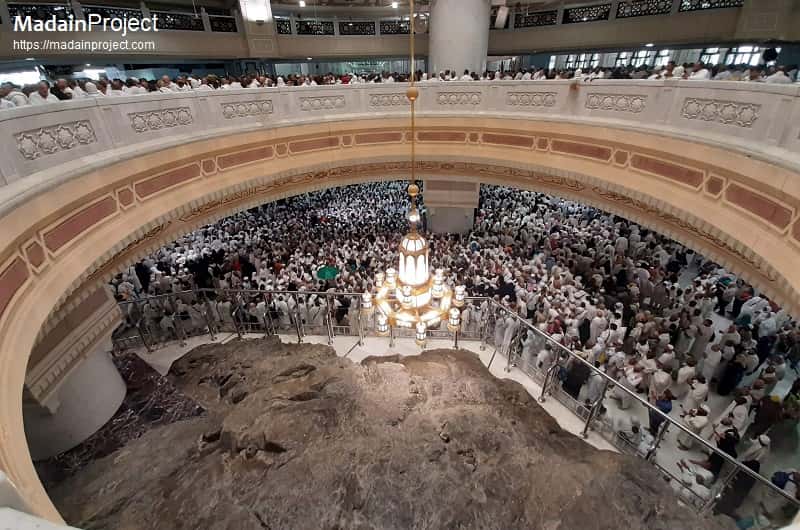
Safa and Marwah are two small hills, now incorporated inside the Masjid al-Haram complex. According to Islamic tradition, the hills of Safa and Marwah are associated with Hagar (Hajar in Arabic), the wife of the Prophet Abraham (Ibrahim in Arabic), and their son Ismail. Read more
The "Exhibition of the Two Holy Mosques' Architecture" is a showcase of the architectural splendor and historical significance of two of the holiest sites in Islam, namely the Masjid al-Haram (the Grand Mosque) in Mecca and the Masjid al-Nabawi (the Prophet's Mosque) in Medina. It is located on the north-western edge of Makkah. Discover how the Great Mosque of Mecca and Masjid Nabawi in Madinah have transformed over the centuries. Explore a plethora of historical and archaeological exhibits.

According to Islamic tradition, the Prophet Muhammad was once reciting the Quran during Salah at this site, when a group of jinn came to listen. This event is described in Surah al-Jinn (Chapter 72) of the Quran. Read more

It is a small mosque in the neighbourhood of Shi'b 'Aamir (Valley of 'Aamir), it marks the spot where the "miracle of the tree" is believed to have happened. It is located close to the historic Masjid al-Jinn and Masjid al-Rayah. Read more

Islamic historic accounts relate that prophet Muhammad entered the city of Mecca on the day of the Fateh Makkah from here. The mosque is believed to have been first built by 'Abdullah ibn 'Abbas. Read more
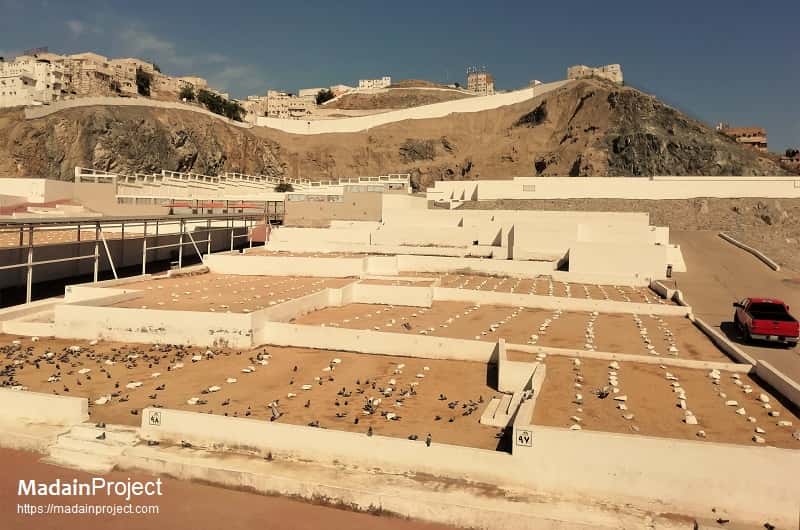
Jannat al-Mu'alla is known for being the final resting place of many important figures in Islamic history, including several close relatives of the Prophet Muhammad. This includes his wife Khadijah bint Khuwaylid, his grandfather Abdul Muttalib, and many others. Read more

The Cave of Hira is situated on the slopes of Jabal al-Nour. It was in this cave that the Prophet Muhammad used to retreat for meditation and reflection even before the advent of Islam, and then received first Wahi through Angel Gabriel. Read more
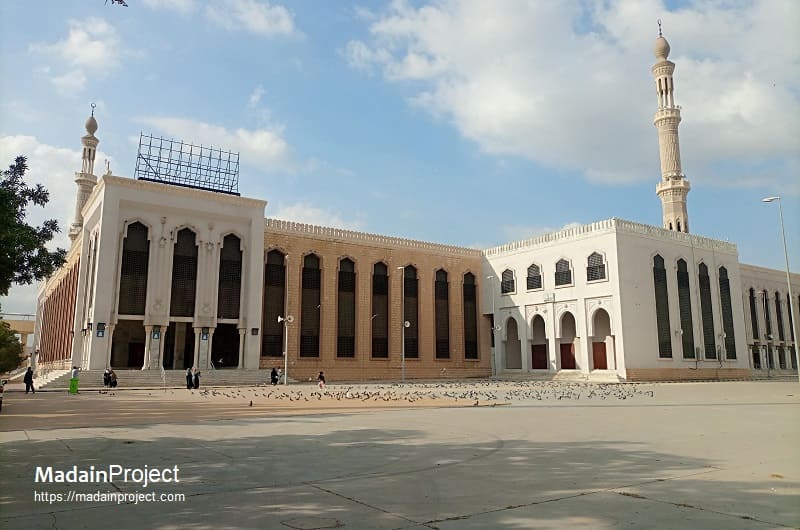
Masjid al-Namirah plays a central role during the Hajj pilgrimage. On the ninth day of Dhul-Hijjah, known as the Day of Arafah, the annual Hajj sermon is delivered from its pulpit to hundreds of thousands of pilgrims who gather around the site. The combined Dhuhr and Asr prayers are performed here, following the practice established by the Prophet during his Farewell Pilgrimage. Read more
Historically, in Islamic tradition the companions or the people of the elephant are identified with an army of Abraha, so-called because it included a number of war elephants. He felt slighted by the Quraysh, and planned to exact revenge by destroying the kaaba. The principal source on Abraha outside of Islamic tradition is a series of six inscriptions, of which four were written by the sovereign himself.

The Kiswa Factory manufactures the black silk and gold-embroidered cloth that covers the Kaaba, an integral part of the Kaaba. The Kiswa is replaced once a year, on the 9th day of Dhu al-Hijjah, which is the Day of Arafah during the Hajj pilgrimage. Skilled craftsmen and weavers are employed to create this masterpiece. Read more
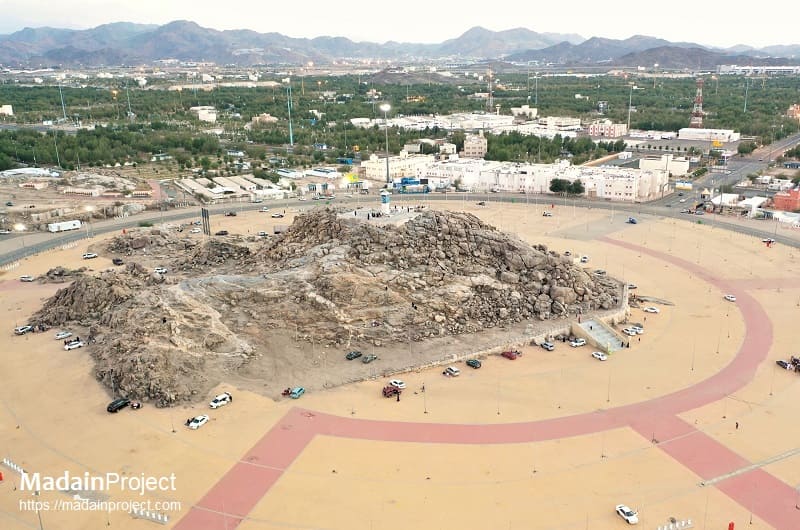
Jabal Arafat or Jabal ar-Raḥmah, is the place where the prophet Muhammad stood and delivered the Farewell Sermon, also known as the Khutbat al-Wada'. Every year, on the ninth day of Dhu al-Hijjah, which is the second day of the Hajj, millions of pilgrims gather at Jabal Arafat as part of their pilgrimage journey. Read more
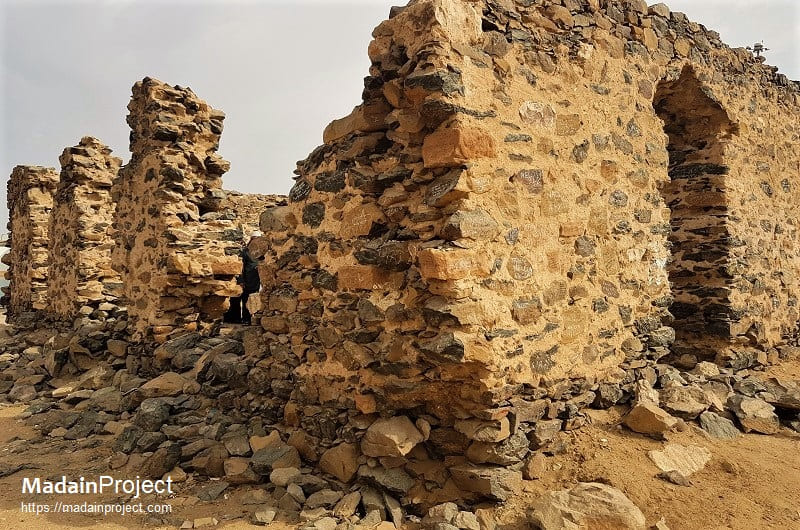
During the Ottoman period of Hejaz, a small and simple mosque marked the spot where according to tradition the "Treate of Hudaibiyya" was signed between the Muslims of Medina and the Mecca Quraysh. This mosque, now in ruinous state, has been replaced by a nearby modern mosque called al-Shumaisi Mosque. Read more
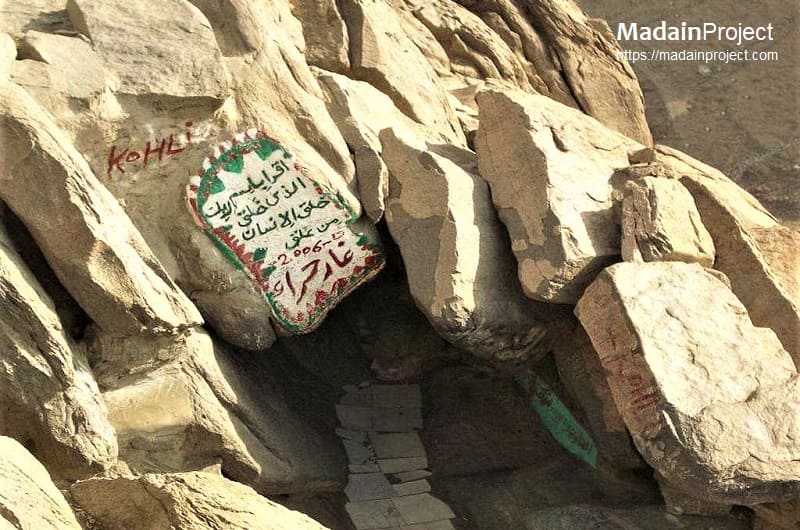
The Hira Cave is famous for being the place where the Prophet Muhammad, at the age of 40, began his spiritual seclusion and received first revelation through Jibrael. He would retreat to this cave for meditation and reflection, seeking a deeper understanding of life and the divine. Read more
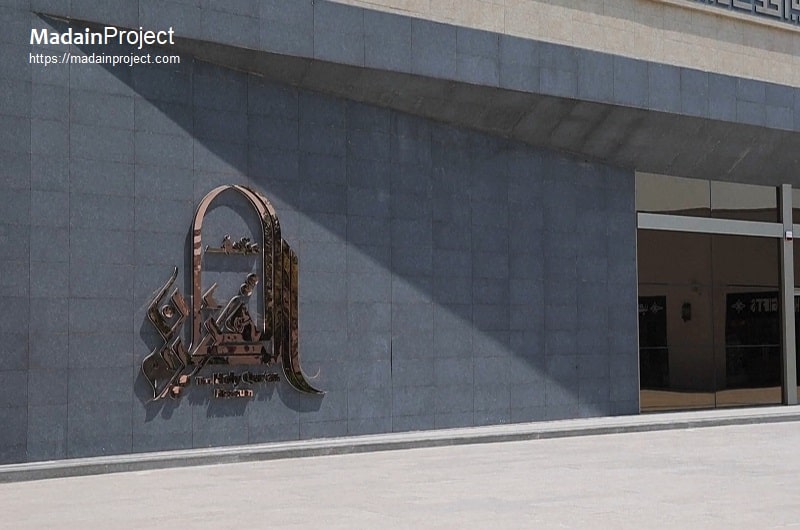
The Holy Qur’an Museum in Mecca is a public museum devoted specifically to the Qur’an: its revelation, its preservation, its manuscripts, its calligraphic development, and its role in Islamic civilization. It is located in the Hira Cultural District near Mount Hira (Jabal al-Nour), the mountain associated with the first revelation of the Qur’an. The museum combines historical artefacts (ancient manuscripts, rare historical copies) and modern interpretive technologies. Read more
In this groundbreaking research, Lt. Col. Abdulaziz (Binimad) Al-Ateeqi unveils Makkah at c. 600 AD in greater detail than ever before. Relying on the oldest existing texts from authentic sources and relevant maps to resurrect the layout and geography of Makkah as it was during the lifetime of Prophet Muḥammad (PBUH) (570–632 AD).
See on Amazon
The journey that all Muslims are enjoined to make once in their lifetime, the pilgrimage to Mecca and Islam itself, is discussed and debated in a collection of writings from both the East and West, by authors including Ibn Battuta, Sir Richard Burton, and Malcolm X.
See on Amazon
In this book Hammoudi describes not just the adventure, the human pressures, and the social tumult - everything from the early preparations to the last climactic scenes in the holy shrines of Medina and Mecca - but also the intricate politics and amazing complexity of the entire pilgrimage experience.
See on Amazon
Encompassing a wide range of significant events within the period, its coverage includes the creation of the Dar al-Islam, the fragmentation of society into various religious and political groups including the Shi'ites and Sunnis, and the rise of the Ottoman, Safavid, and Mughal empires.
See on Amazon
Signup for our monthly newsletter / online magazine.
No spam, we promise.